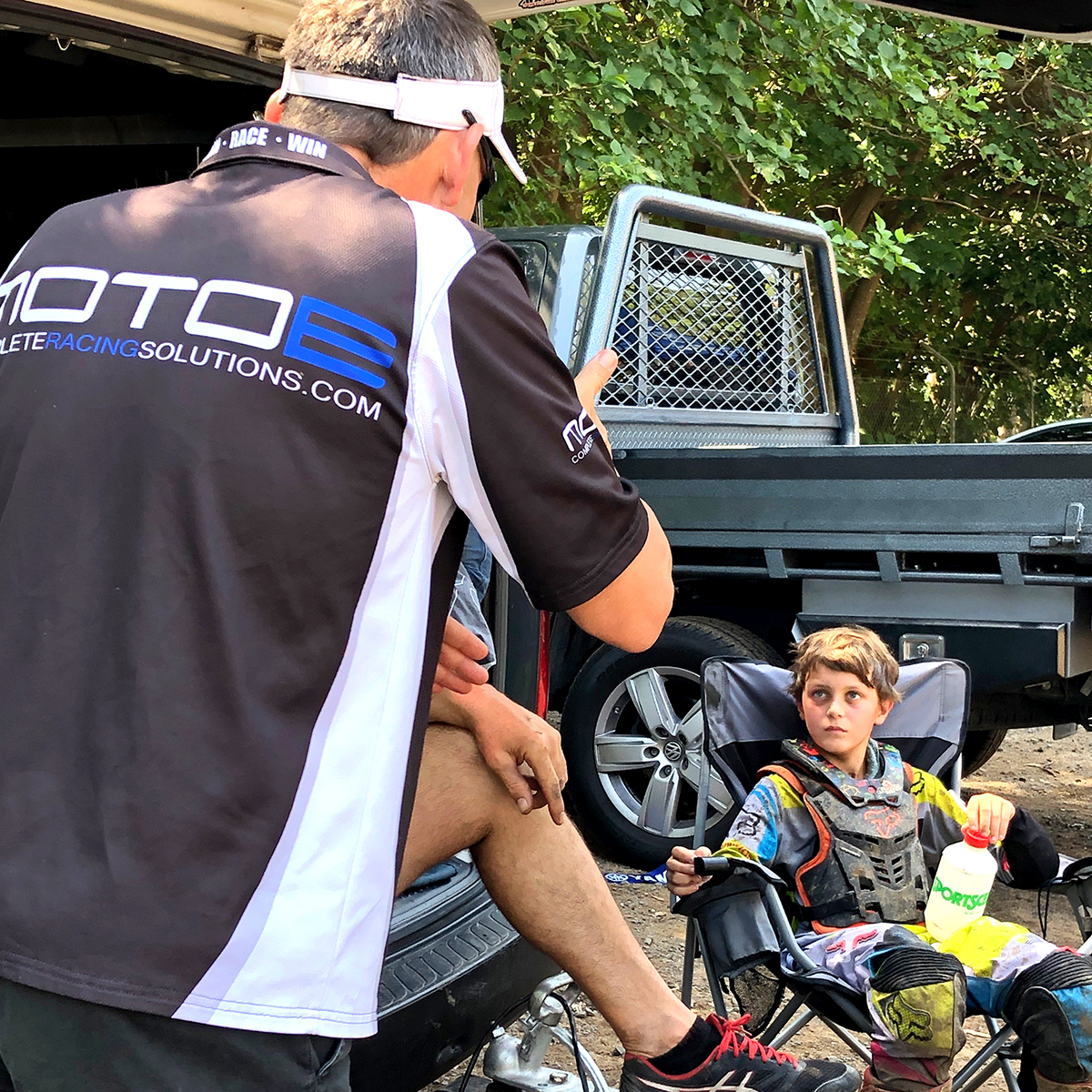
As we exercise, our bodies burn the calories that that we consume i.e., carbohydrates, proteins and fats. It is the breakdown of these calories and muscle movement that causes heat to build up and raise our core body temperature initiating the demands of the body to maintain its ideal body temperature. There are several ways that the body dissipates heat (skin and exhalation, for example); however, the most complex system involves your ability to sweat.
Simply put, water molecules evaporate from your skin removing heat energy, leaving water molecules on your skin making you feel cooler. The endothermic process of converting liquid to a gas is beyond the scope of this article; however, the ultimate goal is to maintain your body’s ability to efficiently dissipate heat throughout exercise. What makes it difficult is dealing with elements that we don’t have any control over – heat and humidity.
On hot days when there is little difference between the skin’s surface temperature and the ambient air temperatures, the skin provides only small cooling benefits – increasing the importance of sweating to maintain your internal core temperature. Humidity decreases your body’s ability to evaporate sweat because the air is already saturated with water vapor, slowing the evaporation rate. Though you and your clothes may be saturated, it is not helping you in your cooling process – sweat must evaporate to remove heat from your body. It is this concept that makes hydration so important; if you don’t have enough fluids to produce sweat you will over heat guaranteed, along with the adverse side effects – performance and health wise.

On average, racers lose approximately 30-35 ounces (around one litre) of fluid per hour of exercise. The actual amount varies by body size, intensity & duration levels and heat/humidity levels. There are numerous formulas floating around in the sports performance world regarding ideal food and fluid intake; however, keep in mind that there are three things that we need to evaluate regarding ideal performance nutrition: fluid intake (sports drink & water) electrolyte balance (sodium, potassium, calcium, magnesium) and calories (sources & amount).
Here are my tips for training and racing in the heat and humidity:
Wear gear that facilitate the evaporation process – avoid cotton at all costs!
Train at times that are relevant to your race i.e., if you are going to be racing at 2:00 pm, then practice at this same time, “teaching” your body to acclimate to the heat and humidity.
Avoid over-hydrating on plain water; drink a sports drink that has a 4-6% concentration rate for optimal hydration levels. If the concentration rate is too high or too low, your body will not absorb your fluids and you may become nauseous.
Consume cold fluids; they absorb faster than warm fluids; use insulated bottles to help you keep your fluids cold.
During hard training intervals in the heat, back off of the intensity for 30 seconds; it is like shaking your hands over a jump.
Be sure to pay attention to external signs of heat stroke sequence:
Stage 1 – Dry skin: This is an indication that you have stopped sweating. Should this occur, stop the workout. You have hit a point where your fluid levels are dangerously low.
Stage 2 – Cold chills: You will have visible goose bumps. Your body is attempting to capture your attention; you crossed the danger line; performance is irrelevant.
Stage 3 – Become lightheaded: You get a headache or feel queasy – you are so dehydrated that your core body temperature has reached a critically dangerous point; bodily functions are being negatively affected.
Stage 4 – Cooking: The top of your head feels like someone has put a hot skillet there; your head feels “hot”. You are literally “cooking” yourself from the inside out. Long term problems could result if you continue.
 City Coast Motorcycles is excited to welcome Coach Robb Beams aboard as a feature writer for our website and newsletter.
City Coast Motorcycles is excited to welcome Coach Robb Beams aboard as a feature writer for our website and newsletter.
Coach Robb is an internationally recognised motorsports performance coach with 35 years of on and off-the-track experience. He is the founder of the Complete Racing Solutions Performance Program, MotoE Amateur Development Program, the Mental Blueprint of Success, and MotoE Educational Series. His success working with riders ranging from 65 cc to the Pro Sport include some of today’s top professionals including Ryan Dungey, Adam Cianciarulo, Jeremy Martin, Jordan Bailey, Alex Martin, Stilez Robertson and Logan Best.
In January 2019, Coach Robb and MotoE conducted two Amateur Motocross Performance Camps for members of the Wollongong Motorcycle Club. Based off the success of these camps, MotoE and Coach Robb will be returning in July. For more information visit MotoE Australian Performance Camps.
This is not paid content.
